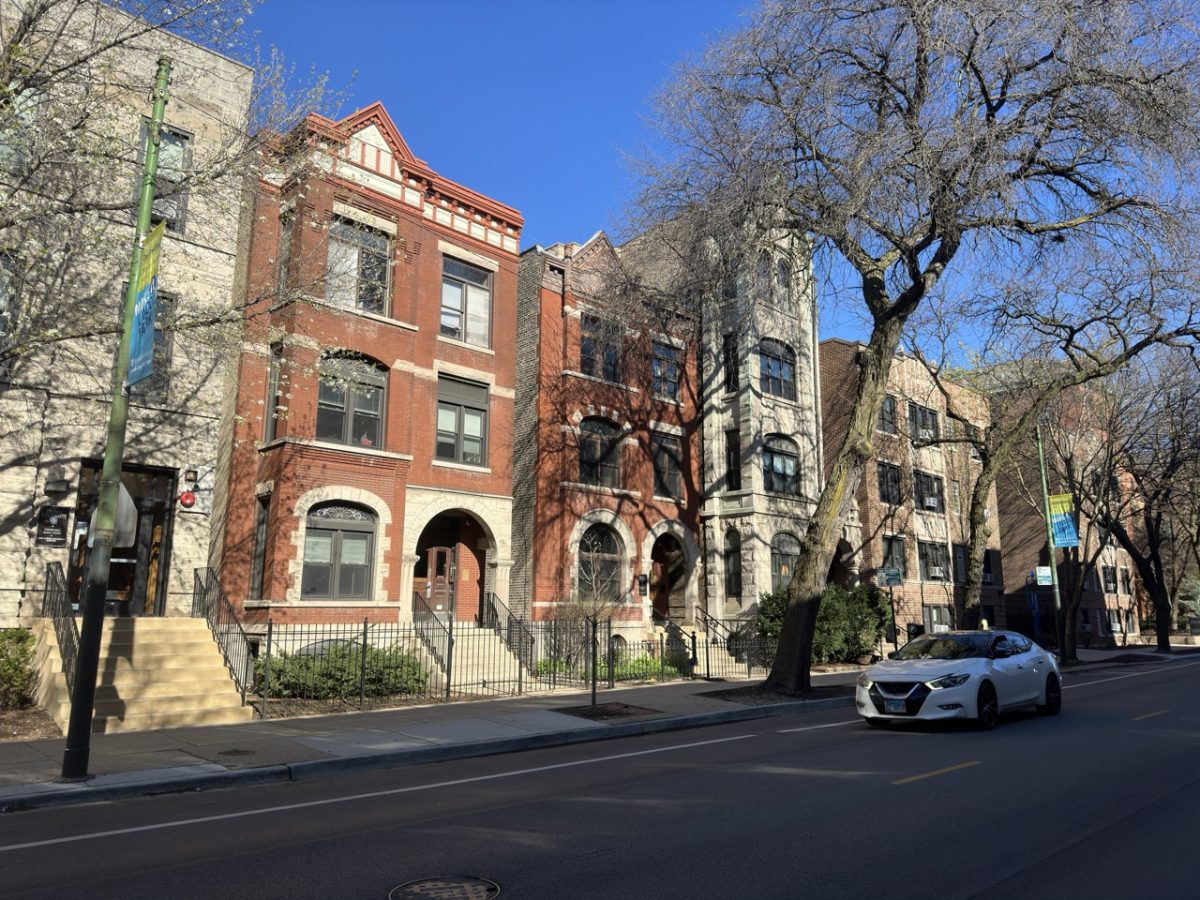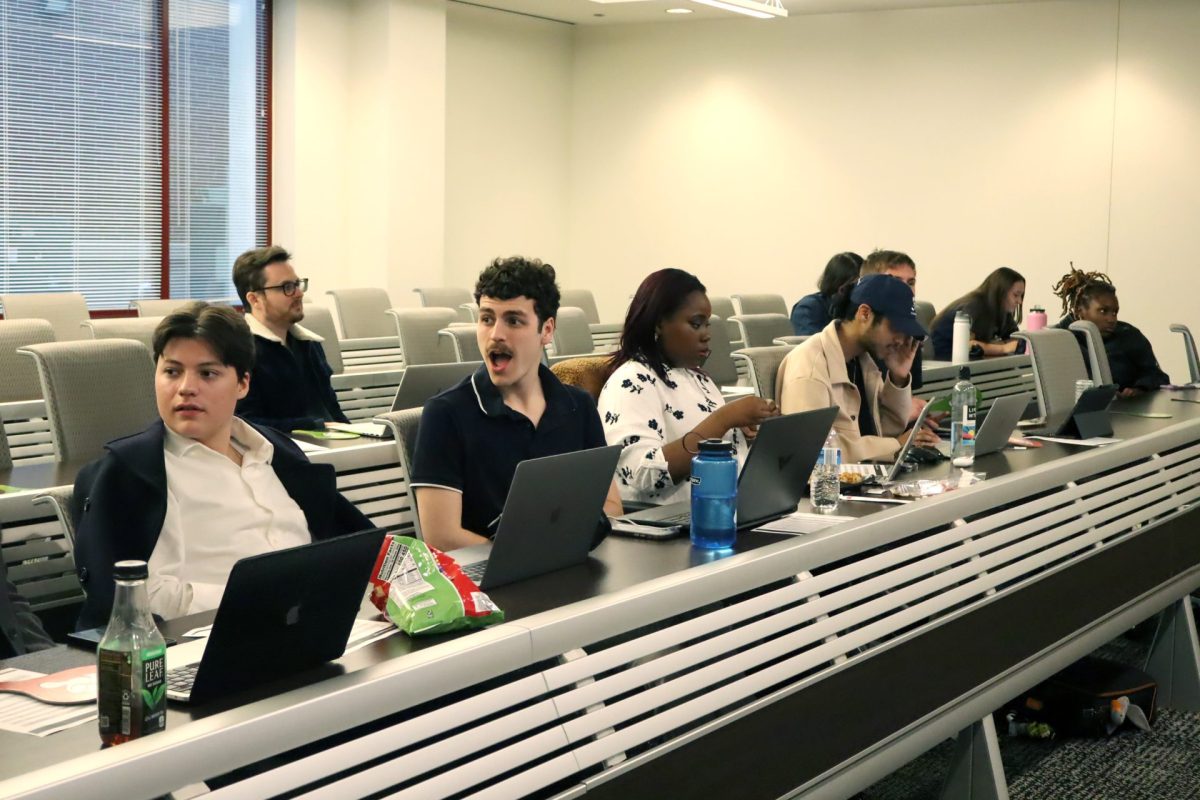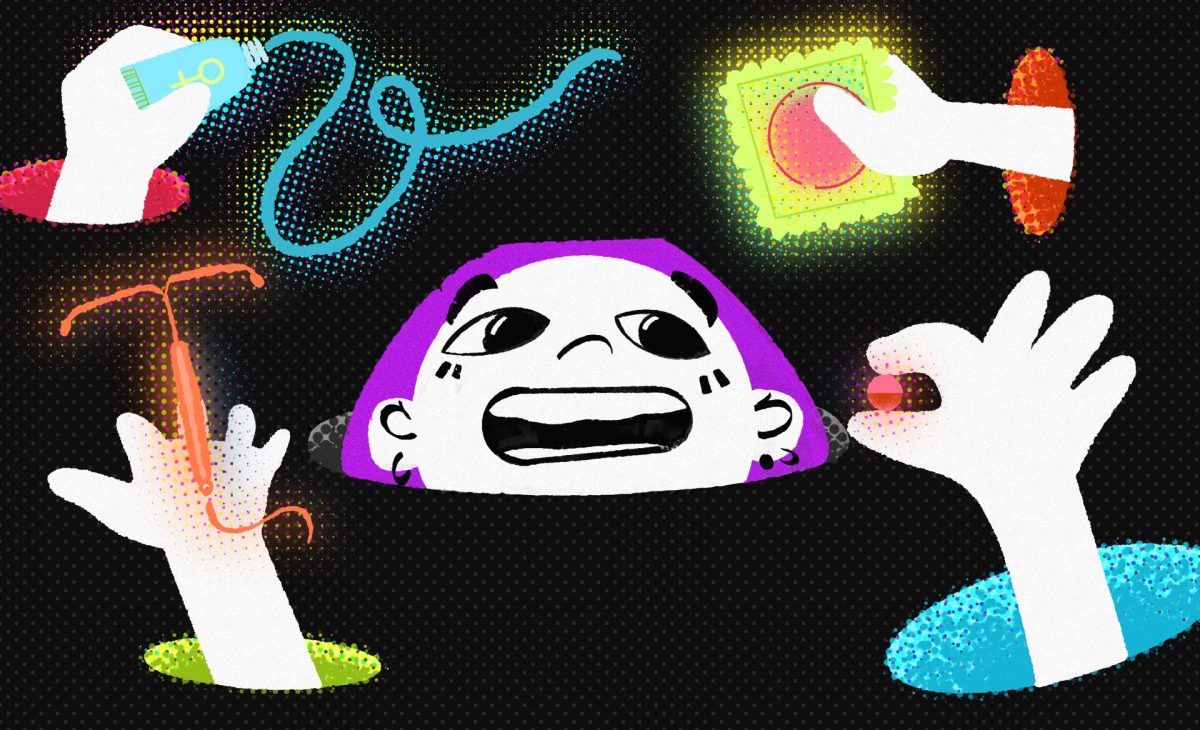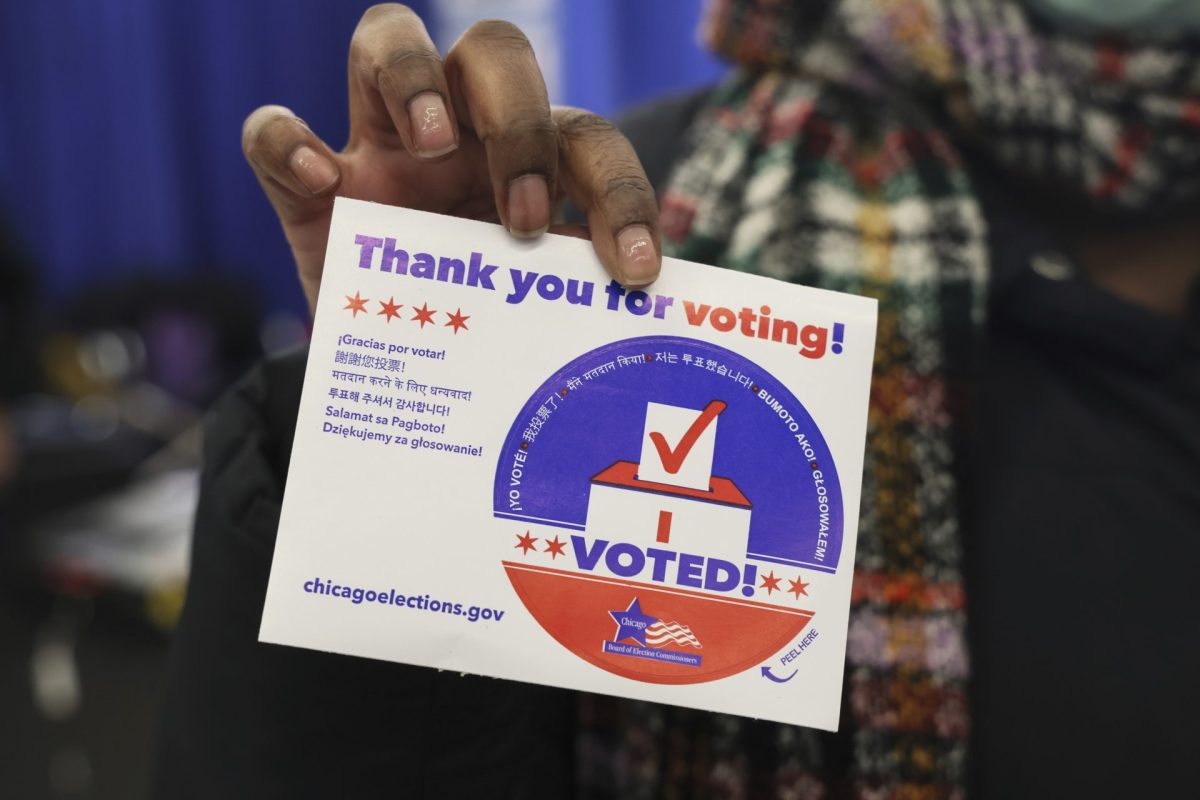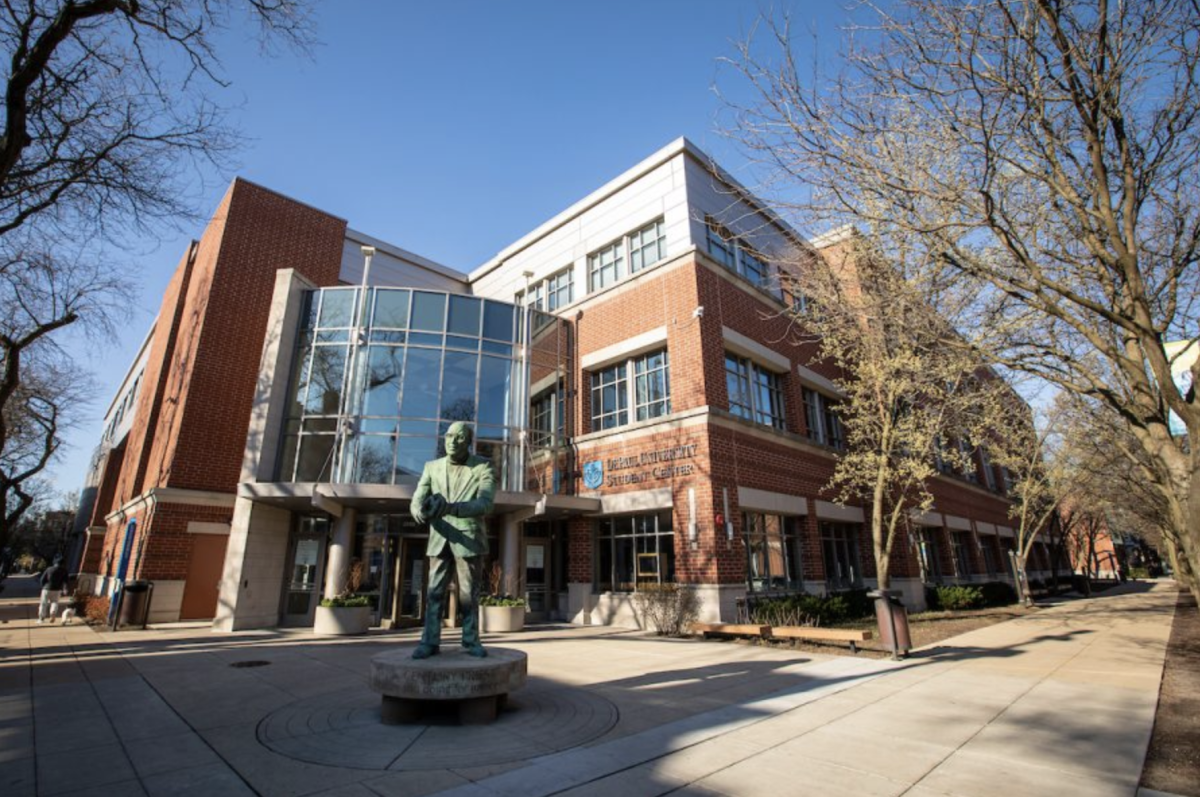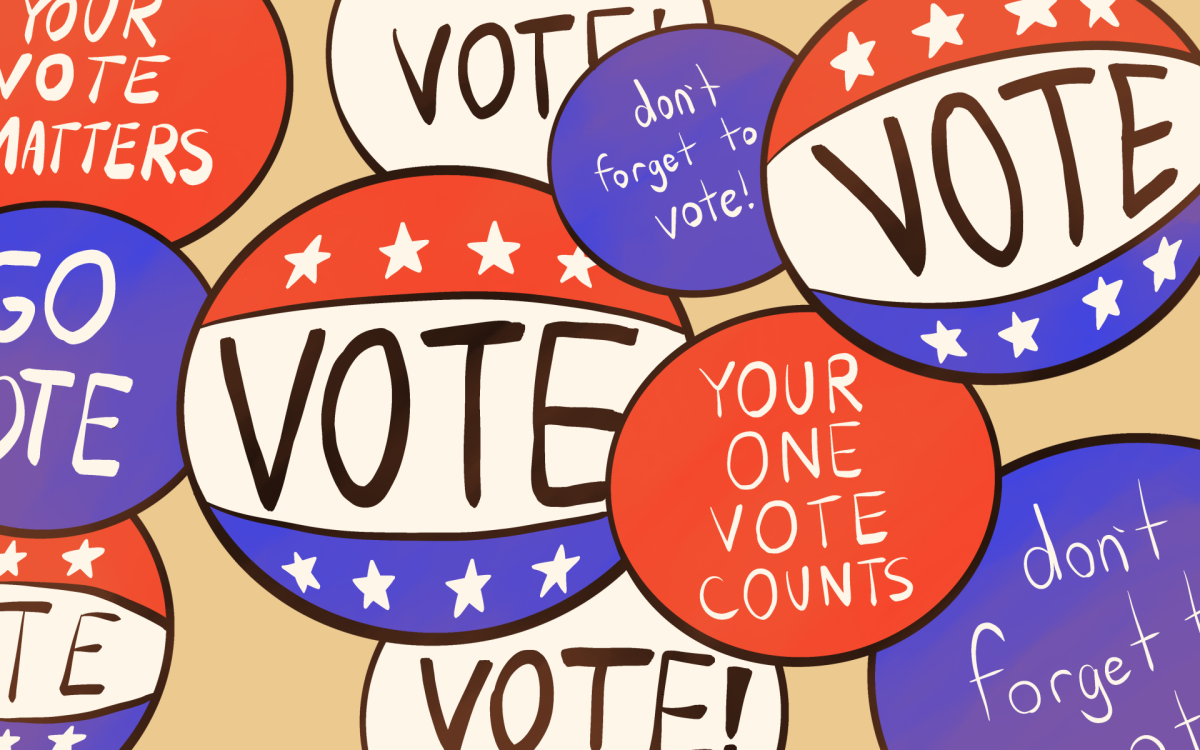
Buried behind a variety of books and papers that occupy the entirety of her desk, Elizabeth Ortiz, the vice president of institutional diversity and equity, is up early to continue tackling an issue very close to her heart that is growing more and more complex each day: diversity.
Within the next 50 years it is expected that the United States will be a majority non-white nation. As diversity becomes more and more prevalent, DePaul and universities around the country have the difficult task of addressing diversity and ensuring that all cultures, languages and customs are included and cared for.
An extensive report by the Pew Research Center titled, “The Next America,” detailed the shifting demographics taking place in the United States. While the population in the United States was 85 percent white in 1960, numbers have indicated that by 2060 whites will only occupy 43 percent of the population. DePaul has taken notice of these numbers and pushed diversity to the forefront of the university’s goals.
“Diversity at DePaul is everyone’s job, it’s not just one office,” Ortiz said. “The way diversity occurred at DePaul came up through student affairs. As students became more diverse, the university looked at support services for diverse students. We looked at diversity through the lens of the student experience and how we could make students feel more welcomed, which is extremely important.”
According to a DePaul University fact sheet, of the more than 24,000 students enrolled at DePaul last fall, 34 percent are students of color, with Latino/a students making up the majority at 14 percent. In addition, out of the nearly 1,500 full-time faculty members employed at DePaul, just over 30 percent of them are people of color.
In an effort to adapt alongside the changing demographics on campus, DePaul’s Vision 2018 was put into place with five central goals stemming off of DePaul’s Vision 2012. Among them is a university wide effort to “foster diversity and inclusion by investing university resources and employing processes to build a more diverse and globally aware university community sustained by an inclusive, supportive and just campus climate.”
“One of the recommendations in the strategic plan (from 2012) was to create a council to look at diversity issues. We created the President’s Diversity Council, which is one of three committees that reports directly to the president,” Ortiz said. “They include a representative from each college and we really look at diversity from that 10,000 foot view from above of what’s going on, what are the issues and how do we effectuate change through policies and programs. That’s not an easy task because DePaul reflects the larger society that is also very diverse and complex.”
A black woman of color who wished to remain anonymous raised such concerns of feeling voiceless and isolated in the classroom.
“They want our perspective, but they don’t understand it and that’s what’s difficult,” she said. “It’s tiring, it’s disconcerting because you want things to get better and you can still acknowledge the few things that are, but when you still have to go back to class and face the same struggles it’s tiring.”
Aside from DePaul’s Vision 2018, Ortiz and Charles Snelling, the Diversity Project Coordinator in the Office for Institutional Diversity and Equity, have developed many new programs to ensure that the faculty and staff at DePaul are well equipped to work with this type of diversity.
Among those projects is the BUILD Diversity Certificate Program. This program is a professional development diversity certificate available to all DePaul University faculty and staff with the intention of building multicultural competency, understanding differences and their impact on the workplace, and leveraging diversity and leadership capacities among other things.
“A lot of faculty and staff have signed up for the BUILD Diversity Certificate Program and that has helped raise diversity awareness and competency among staff and faculty to help guide them in their work and their interactions with other faculty and students,” Snelling said.
[quote]“Diversity at DePaul is everyone’s job, it’s not just one office.” —Elizabeth Ortiz, the vice president of institutional diversity and equity[/quote]
While the Office for Institutional Diversity and Equity is primarily focused on faculty and staff, the Division of Student Affairs is focused on making sure that students are also properly equipped to understand and embrace the diversity on campus.
As the Vice President for Diversity, Empowerment and Inclusion, Rico Tyler oversees the Center for Intercultural Programs as well as the Office of Multicultural Student Success. For him, diversity at DePaul is critical in producing the type of student experience that he feels is necessary in our changing society.
“At orientation our students go through a process that teaches them what it means to be a citizen of this institution and our expectations, the importance of dialogue and the dignity of each person,” Tyler said. “That’s very purposeful for folks to discover their own identity and understand what’s acceptable at this university.”
“We’re not only preparing our students to operate in a very complex society, but we’re also creating an environment where everyone should feel welcomed and accepted,” Tyler said.
The many perspectives and voices at DePaul are evident all around campus in a variety of different forms. Whether it be student organizations or simple flyers, the university does not shy away from students’ voices.
“We are an inviting campus community where all voices and perspectives are welcomed across the board, we want to foster communication and meaningful dialogue,” Tyler said. “There’s so many different voices on campus and that’s what I love about this place. When you think about the first floor of the student center there’s so many different flyers and banners that represent so many different identities and perspectives, and we don’t shy away from that. That’s who we are and that’s what we embrace. We may not be perfect, but we strive to at least have the conversation to be better.”
However, while the hard work and efforts of folks like Ortiz, Snelling and Tyler are overwhelmingly apparent and admirable, bridging the gap between diverse representation and student experience in the classroom is a much more difficult job with its own complexities.
“Along with getting asked pointed questions on certain topics, when we do speak up, there’s backlash and criticism,” a queer man of color and student at DePaul, who wished to remain anonymous, said. “We have to explain further and constantly validate ourselves and our opinions. What do you do in those situations where you finally have the courage and passion to speak up, but then you’re shut down or ignored even though you’re encouraged to speak?”
While there’s no arguing that the intentions of the individuals involved with diversity work at DePaul are good natured and aimed in all the right directions, the fact of the matter is that students of color are still feeling isolated in the classroom and around campus.
“I think it’s important to note that intent doesn’t matter in these situations, it’s about how people of color are made to feel at certain times and in certain situations where our ideas and experiences are policed or invalidated,” he said.
As for a solution, it’s important to remember that diversity work is an ongoing process that is a lifelong achievement. Nonetheless, these students had some ideas of their own on how DePaul could better the experience for not just students of color, but all students.
“I think we have to actually define what diversity is and I think that’s the main problem,” the black woman of color and DePaul student said. “Diversity has been correlated with representation, they’re there, so everything is fine. We need to clearly define diversity and racism, these are people’s lives at the end of the day and we can’t treat these topics as something that’s just interesting.”
After all, diversity work is not for the easily discouraged, where many times a few small victories and steps forward are followed by a few steps back. Luckily for DePaul, individuals like Ortiz, Snelling and Tyler are in it for the long haul and have their eyes set on the finish line, no matter how long it takes to get there.
“We’ve made a lot of progress with diversity, but were far from being where we want to be,” Ortiz said. “Diversity work is a long-term game. It’s not a sprint, it’s a marathon and you have to keep the end in mind. You have to focus on the small wins, while sometimes you may slide back a bit, we have to continue to do better and do more and look to the future to see what we can continue to change and transform to someday get where we want to be.”


